15 Training Methods That Actually Work For Sensitive Dogs
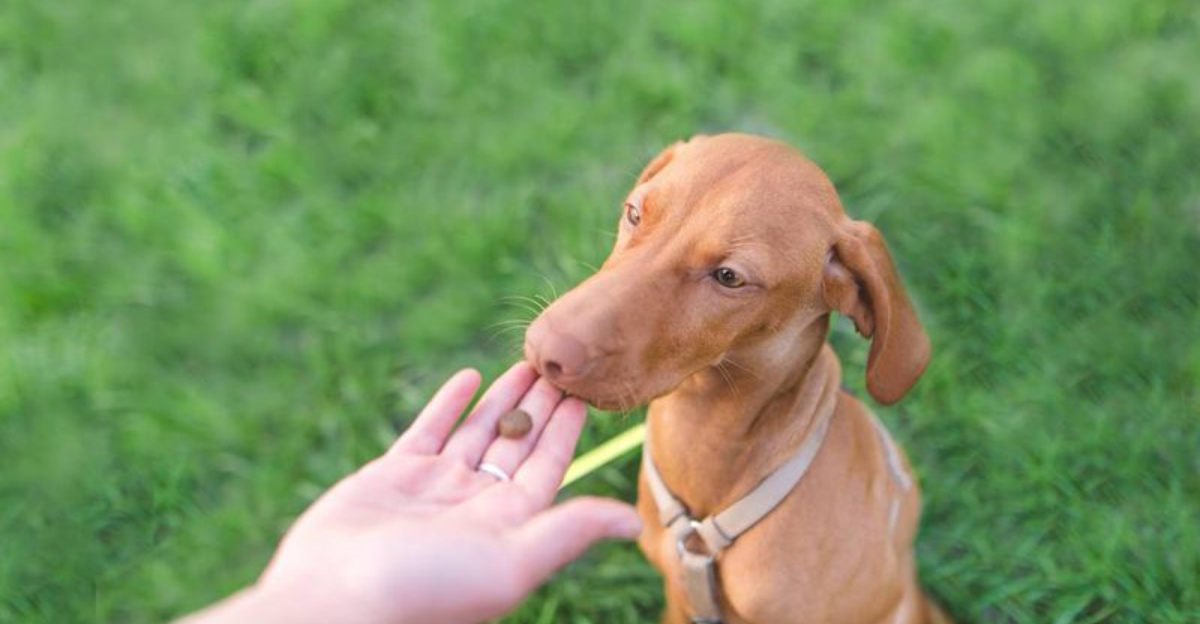
Training a sensitive dog requires special care and understanding. Unlike their more resilient counterparts, these tender-hearted pups can shut down when faced with harsh training methods.
Finding the right approach not only builds your dog’s confidence but also strengthens your bond with them. Here’s how to help your sensitive furry friend thrive while learning.
1. Positive Reinforcement Magic
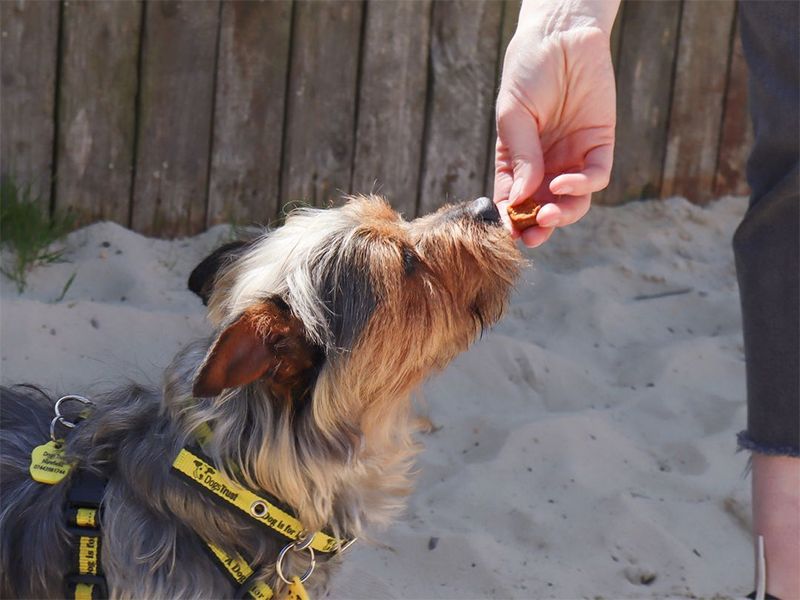
Treats, praise, and toys work wonders for nervous pups. When your dog does something right, immediately reward them so they connect the action with something good.
Many sensitive dogs bloom under this approach because it removes fear from the equation. Keep sessions short—just 5-10 minutes—to prevent overwhelming your furry friend.
2. Clicker Training Breakthrough
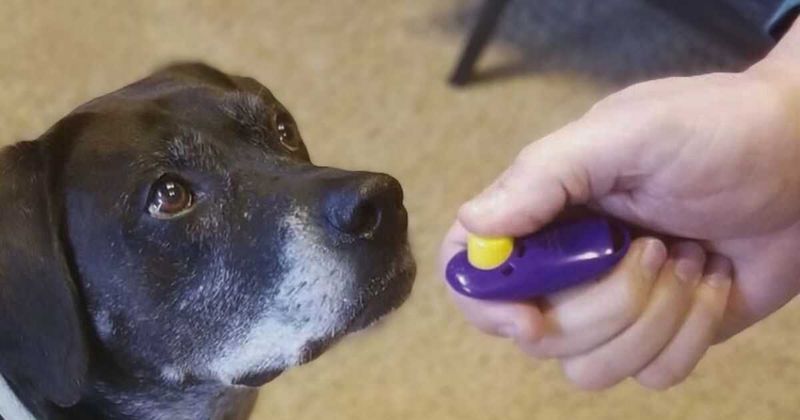
The simple click-treat combination creates crystal-clear communication with your timid companion. That precise timing helps anxious dogs understand exactly which behavior earned the reward.
Start in a quiet room with minimal distractions. The beauty of clicker training lies in its consistency—the sound never changes, even when your mood might, giving sensitive dogs reliable feedback they can trust.
3. Gradual Desensitization Approach
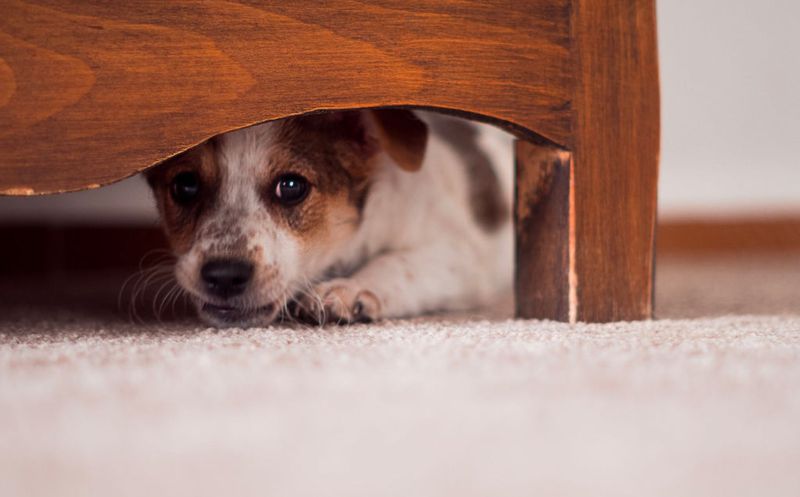
Baby steps make giant leaps possible for fearful pups. Slowly introducing triggers at a distance where your dog remains calm builds confidence without pushing too far.
Maybe your dog fears strangers. Start with someone standing 30 feet away, then reward calm behavior. Each day, the person moves slightly closer, always keeping your dog comfortable. This patient method prevents anxiety from taking over the learning process.
4. Target Training Fun

Teaching your dog to touch their nose to your hand creates a portable focus point anywhere you go. This simple game builds confidence while redirecting nervous energy into a productive task.
Sensitive dogs often find comfort in having a clear job to do. When overwhelming situations arise, asking for a target touch gives your pup something familiar to concentrate on instead of their fears.
5. Calm Sanctuary Training
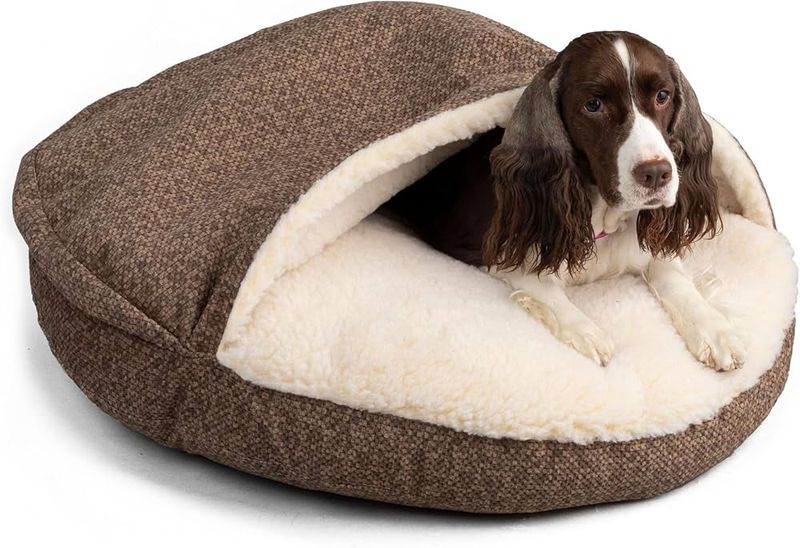
Creating a designated safe space teaches your sensitive companion they always have somewhere to retreat. Place their bed in a quiet corner and make it magical with special treats and toys.
Never force your dog out of their sanctuary. When they choose to enter on their own, praise softly but don’t disturb. This personal retreat helps anxious dogs regulate their emotions and builds the confidence to venture out again.
6. Pattern Games Revolution
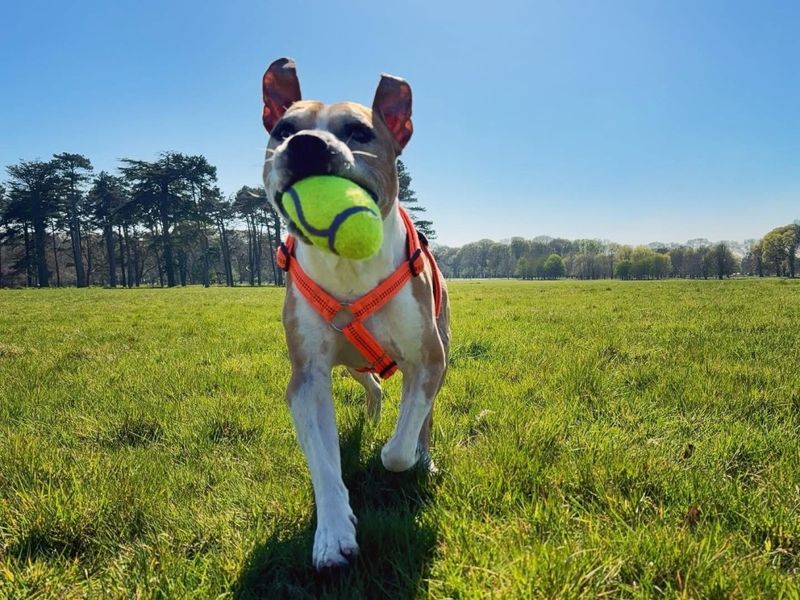
Predictable sequences help anxious dogs feel secure in knowing what comes next. Start simple: treat toss, dog eats treat, returns for another toss.
The beauty lies in the rhythm—sensitive pups thrive on knowing exactly what to expect. As confidence builds, these games teach your dog to check in with you naturally, creating a foundation of trust that carries over into real-world challenges.
7. Capturing Calmness Technique
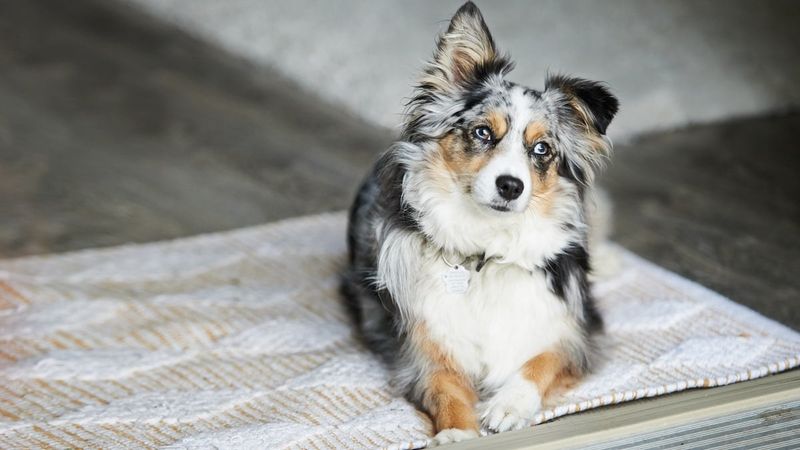
Rewarding natural moments of relaxation teaches your dog the value of being chill. Keep treats handy and whenever you notice your pup lying quietly, silently place a treat between their paws.
No commands needed—you’re simply highlighting that calm behavior pays off. Over time, sensitive dogs learn that relaxation brings rewards, countering their tendency toward anxiety and hyperawareness.
8. Choice-Based Training Freedom
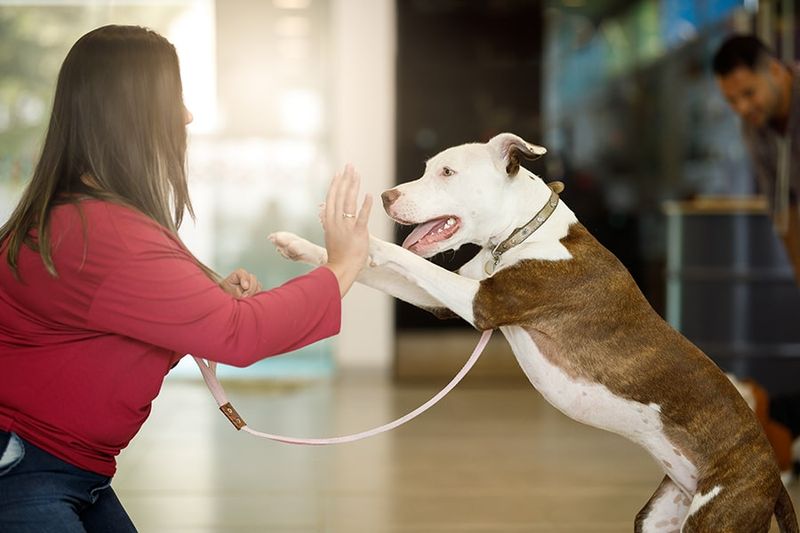
Giving your dog options builds confidence in their decision-making abilities. Rather than forcing interactions, invite participation through open body language and encouraging tones.
Ask your dog “Would you like to…” before activities, and respect when they choose to opt out. This approach transforms timid pups into willing partners who learn that their preferences matter and that training isn’t something done to them, but with them.
9. Scent Work Confidence Builder

Nose work taps into your dog’s natural talents while building self-assurance. Hide treats around the house and encourage your pup to find them using their powerful sniffer.
Start with easy hiding spots—right in front of them at first. The mental stimulation provides a perfect outlet for nervous energy, while success after success creates a more confident dog who trusts their abilities.
10. Touch and Massage Connection
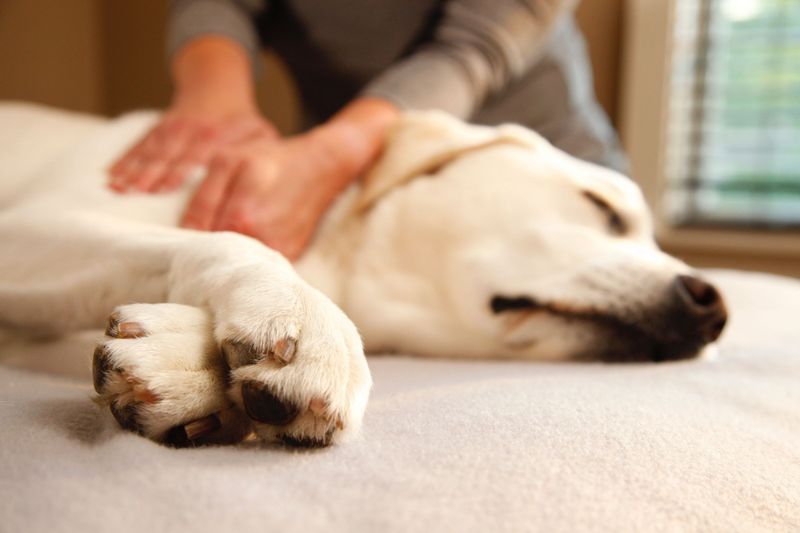
Gentle handling desensitizes touch-sensitive dogs while strengthening your bond. Begin with spots your dog already enjoys being petted, then gradually expand to more sensitive areas using slow, predictable movements.
Keep sessions ultra-short at first—just 30 seconds. Watch closely for signs of discomfort like lip licking or looking away. This patient approach teaches nervous dogs that human touch brings comfort rather than stress.
11. Parallel Walking Method

Walking alongside another calm dog gives your sensitive pup a confidence-boosting role model. No forced interaction needed—just sharing space while moving in the same direction.
Start with plenty of distance between dogs and gradually decrease as comfort grows. This technique works because it removes social pressure while allowing observation of relaxed canine body language. Your dog learns that other dogs aren’t threats through peaceful shared experiences.
12. Predictable Routine Security

Consistent daily schedules provide an anxiety-reducing framework for sensitive souls. Feeding, walking, training and playtime happening at roughly the same times creates a sense of security.
When your dog can anticipate what happens next, their nervous system relaxes. This predictability forms a stable foundation from which they can gradually handle new experiences without becoming overwhelmed by too much change at once.
13. Mat Training Zen

Teaching your dog to relax on a portable mat creates a familiar safe zone anywhere you go. Begin at home, rewarding your pup for stepping onto their special mat.
Gradually shape longer stays with increasing distractions. The magic happens when you bring this mat to new environments—it becomes an island of calm amid unfamiliar surroundings. Sensitive dogs learn they can feel secure even in challenging settings.
14. Sound Conditioning Therapy
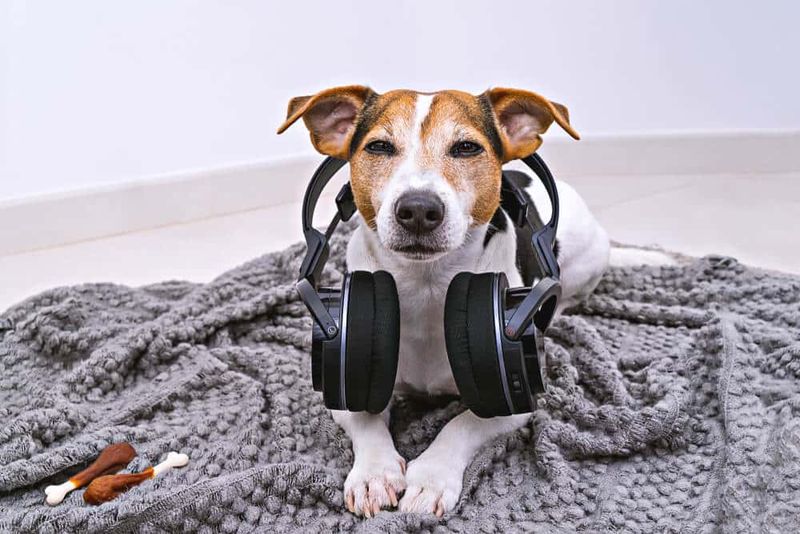
Playing recorded noises at whisper-level volume while your dog enjoys treats creates positive associations with formerly scary sounds. Doorbell rings, thunderstorms, or vacuum cleaners can all be desensitized this way.
Keep the volume so low your dog barely notices at first. Gradually increase only when they show zero reaction to the current level. This patient approach transforms fear triggers into dinner bells that predict good things.
15. Errorless Learning Success
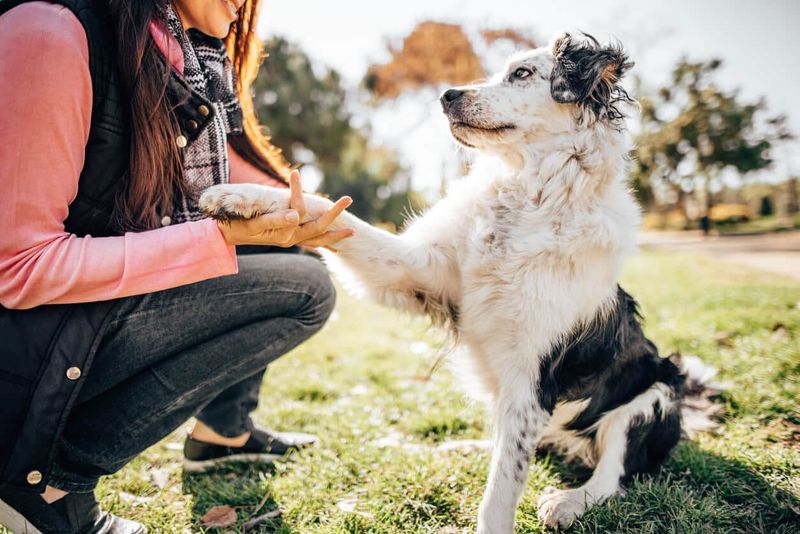
Setting up training scenarios where your dog simply cannot fail builds tremendous confidence. Break skills into tiny steps so success is guaranteed at each stage.
For example, teaching “stay” might begin with rewarding your dog for standing still for just one second before releasing them. This approach prevents the shutdown that sensitive dogs often experience when they feel they’ve disappointed you.






